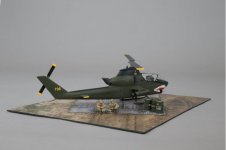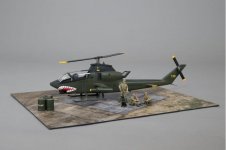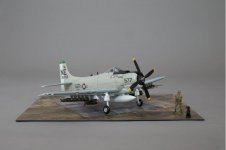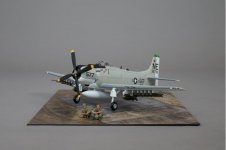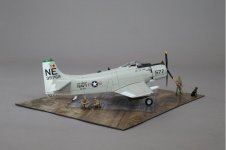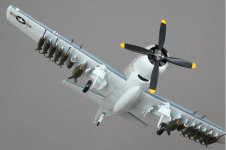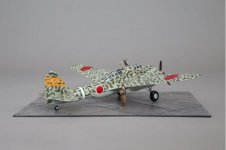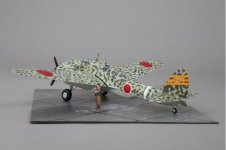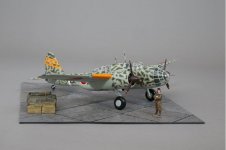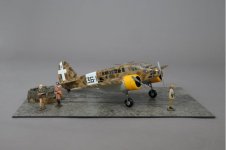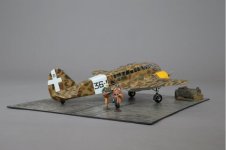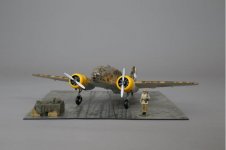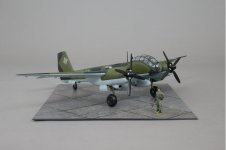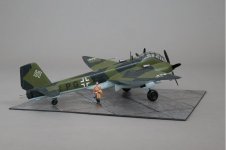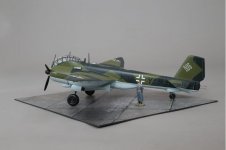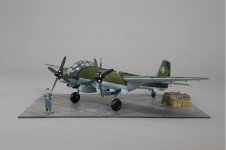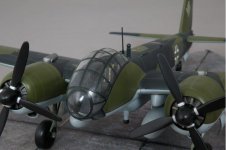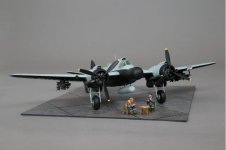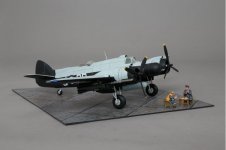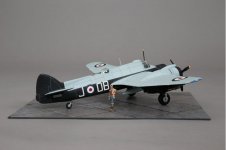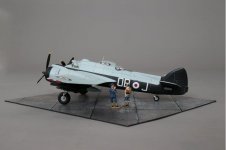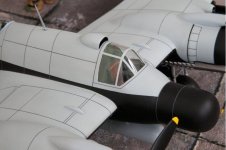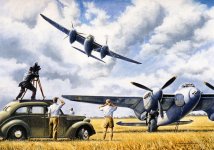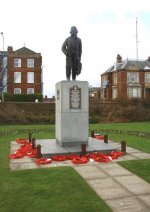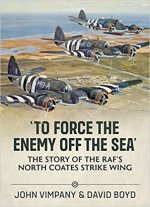Gunn Miniatures
Command Sergeant Major
- Joined
- Jun 18, 2009
- Messages
- 2,705
That's all for this week, we sincerely hope you enjoy the pictures and would love to hear from you if any of these magnificent models appeal to you. They are all now on our website www.tomgunn.co.uk and can be paid upfront or over an extended monthly period.
All Gunn Club members qualify for a 5% discount on the website listed price, joining is free so well worth registering.
Our figure release will be out next week for those of you wondering as to when they will make an appearance. These will include Zulu war, Roman enemies and the Matilda tank.
Best wishes The Gunn Team
All Gunn Club members qualify for a 5% discount on the website listed price, joining is free so well worth registering.
Our figure release will be out next week for those of you wondering as to when they will make an appearance. These will include Zulu war, Roman enemies and the Matilda tank.
Best wishes The Gunn Team


